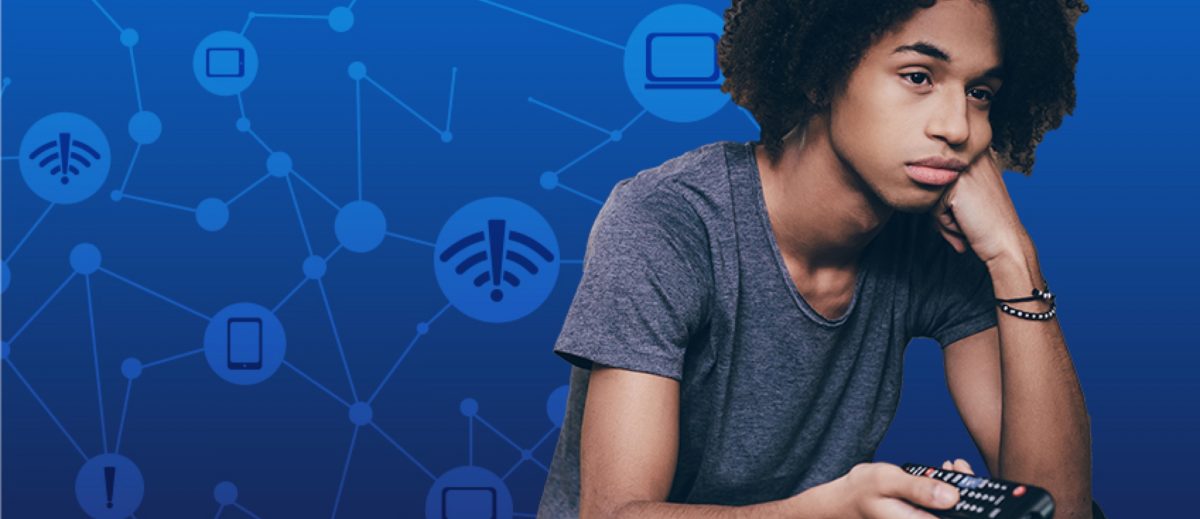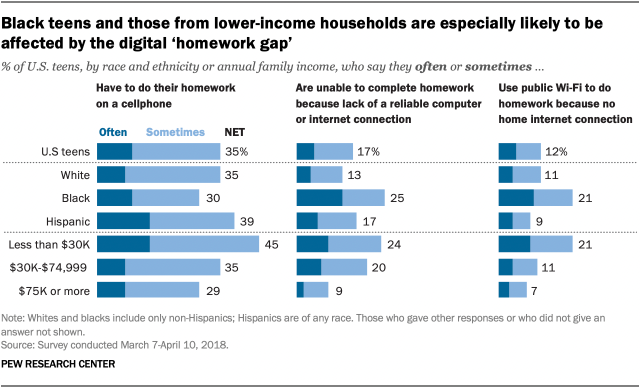Rapidly shifting to remote learning has been difficult for everyone, but harder for some. As schools moved classrooms online, it became clear that those with existing 1:1 programs had smoother transitions.
The digital divide has school forced schools to ask two very different questions: “how will we?” versus “will we be able to?”
“How will we?” versus “Will we be able to?”
For the schools that had one-to-one programs or were very assured that students would have access to Internet-connected devices, the questions have focused on ‘the how.’ How will we provide instruction? How will we assess student learning? How will we communicate and facilitate collaboration? Most importantly, administrators have begun to ask, how will we ensure students will receive equitable opportunities to learn?
For the schools that neither had one-to-one programs nor assurances of equitable access to Internet-connected devices, the questions have focused on whether or not activities that we associate with learning would even be reasonably possible. Will we be able to provide opportunities to learn? Will we be able to assess student learning? Will we be able to monitor progress? In many instances, in order to provide equitable access to learning opportunities, schools are scaling back expectations. Unfortunately, what they can reasonably support is less than what they know is possible if students had universal access.
Even when schools are sure devices and connectivity are universally accessible, equity of access, it doesn’t mean that school carries on as usual in video classrooms. That model, while useful in some scenarios, isn’t a silver bullet. But with access to this type of learning environment, students and their families are empowered to view and access content under the guidance of a teacher or other trusted sources. It facilitates synchronous and asynchronous communication between students, teachers, and parents. This, in turn, enables instruction, assessment, feedback, collaboration, and communication — in other words, those processes we associate with learning.
Remote learning is a bigger obstacle for lower-income families
When students lack access to digital devices outside the classroom, it forces primary caregivers to provide and facilitate much of the learning processes. While teachers have been developing and assembling paper packets to support learning, the use of those materials falls upon primary caregivers to guide and facilitate. This works for some, but not all, and caregivers are feeling overwhelmed by the process. Many families are facing job cutbacks and job loss, and their ability to pay rent and feed their families is at risk. Additionally, many caregivers do not have digital literacy academic skills, or the background to support their students’ learning effectively. Even with paper packets, many schools are not collecting student work due to logistical and safety concerns. As such, teachers are neither able to provide feedback nor assess student understanding to all students. The learning process is compromised for many, but our at-risk students are likely to be impacted most.
The digital divide and “Homework Gap” existed before COVID-19 quarantine efforts began. Academic performance on national measures shows that students who lack access to a device and Internet at home lag behind those who do have access. We know that this challenge correlates to factors such as family income. Consider the uphill battle these students already faced when they attended school and had direct access to their teachers and other resources. COVID-19 related school closures have added even more barriers for students, families, and teachers. While not a panacea, ensuring access to an Internet-connected device for all of our students is a giant step in the right direction.



